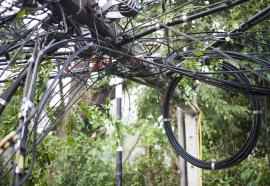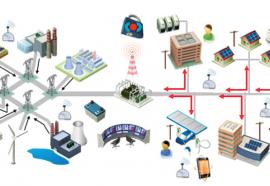Her Next Hurdle
ITC’s Linda Blair on where to build tomorrow’s grid.
Linda Blair, executive v.p. and chief business officer for grid giant ITC, discusses how ITC plans to navigate the new transmission landscape and where ITC might turn for its next major transmission project.











